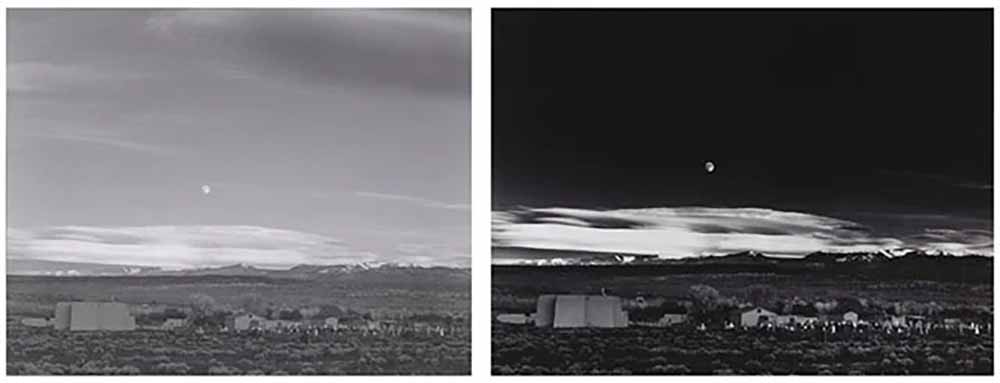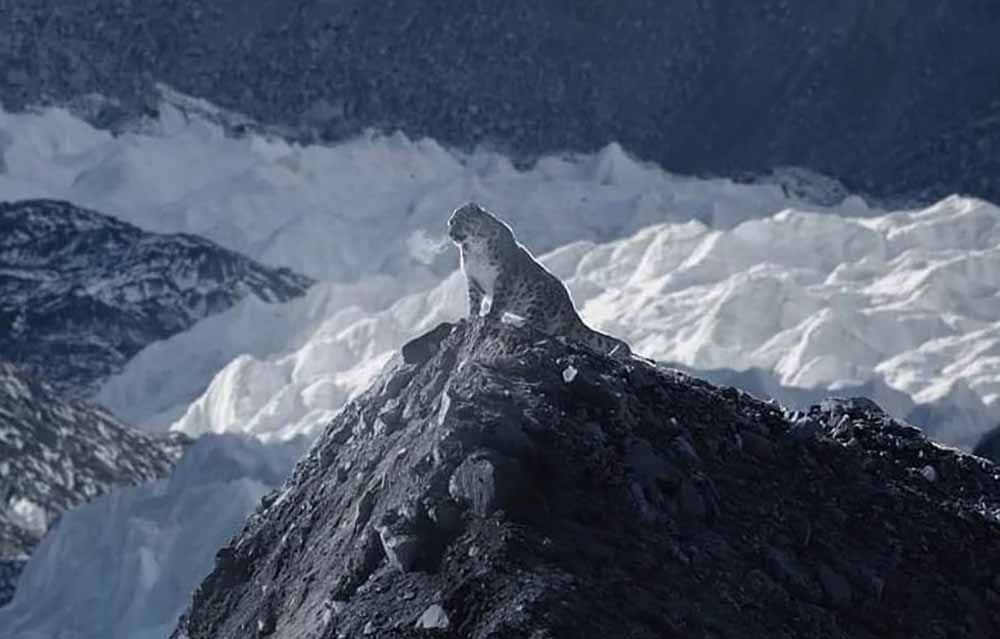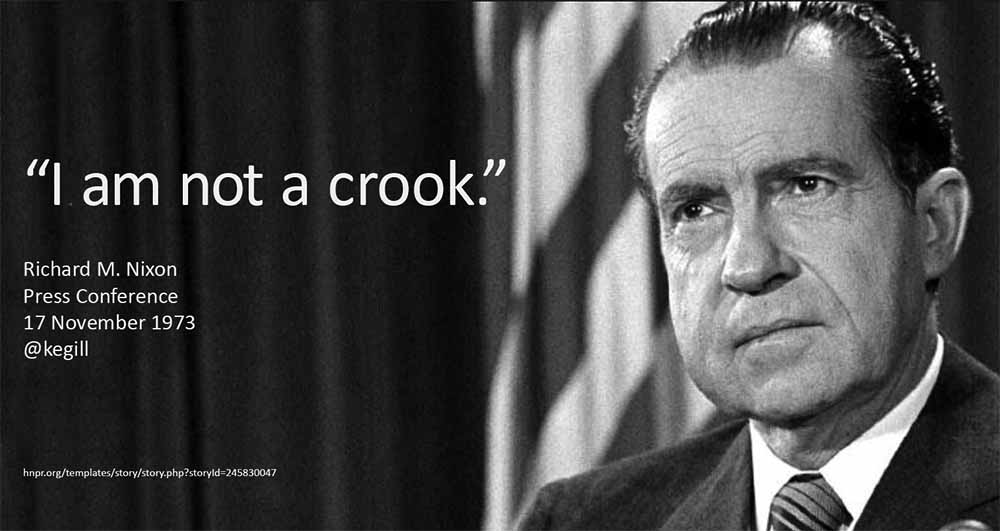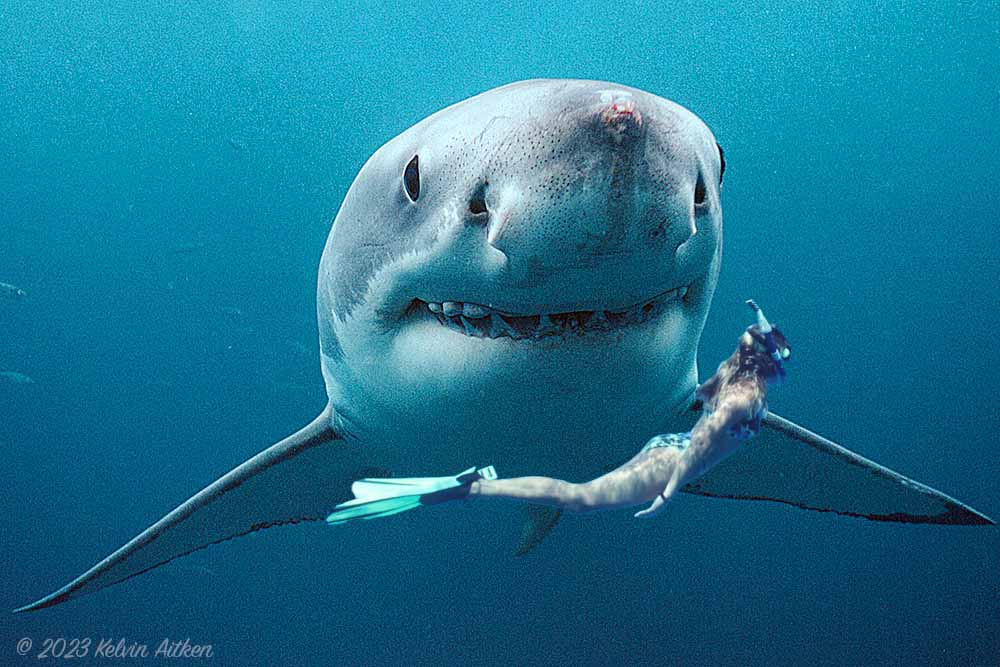Wildlife Photography Post Production
An Ethical & Aesthetic ApproachHow can you tell if a photo of a deer on a mountain range was taken either by a landscape photographer or a wildlife photographer?
Easy. The landscape photographer would have added a fake sky, increased warmth and colour saturation by +50, focus stacked it, used a luminosity mask, probably created some fake sunbeams and thrown in a vignette for good measure.
In fact, the landscape & travel genre has become so manipulated, so fake, so heavily edited to cater to a cliche fantasy that rarely, if ever, exists that "real" landscapes barely rate a passing look.
Unfortunately, some wildlife photographers would have done the same, so I guess this question is moot.
Which brings us to the subject of this diatribe:
What are the ethical boundaries for post production image manipulation?
Answer: there are none. You can do whatever you like.
But hear this: there are consequences.
Once people understand that your images are nothing like reality, you will lose your audience. Or you will only attract naive beginners and those that prefer fantasy over reality. You know, the sort of person who would follow the Kardashians on Insta.
If you can live with that, then go for it.
However, for the rest of us, how can we set a standard for our work that aligns with our photographic ethics? You know, photography ethics that include not throwing live mice out onto open ice to attract owls, or freezing an insect before placing it on a perch, or taking some very nice photos in a zoo or game farm then passing them off as "wildlife", etc.
In post production, what's acceptable? What's not?
Well, since there are no rules out there in Instaland, Farcebook and BoobTube, it's up to each one of us to set boundaries with which WE are comfortable and which don't deceive our audience.
So, in order to set some guidelines, I suggest we take an old standard, add in modern alternatives and line them up with a level of conduct that's acceptable by a world renown authority. (As stated before, there are no limits, so the following is just my opinion.)
Let's break that up into two areas: what was regularly accepted in traditional black and white and/or colour printing and the rules set by the Wildlife Photographer Of The Year competition for image submission.
Black & White and Colour Printing
From the very beginnings of photography, image manipulation was quickly adopted. Painted backgrounds, props and artificial lighting were early forms but these soon radicalized into multiple exposures, photos of "ghosts", slimming tubby bodies, pinching in waists on women, painting open eyes onto dead bodies, cutting out heads and moving them to other parts of the frame, etc.
At times, there was a very blurry line between artistic vision and completely fake images. As black and white photography advanced into the field of fine art, it struggled with the existential issue of the realism of photography and the completely artificial/constructed world of painting.
Early photographers tried their best to make their landscapes look like a Constable, or their portraits to imitate artists such as Da Vinci or Botticelli.
There were movements to rebel against such toady imitation, such as the Group f/64 movement where the stark reality of the photographic image was accepted and championed, where sharpness and grainless images shocked the senses by their detail and hard focused lines, as opposed to the grainy, blurred (some would kick the tripod during exposure to get some nice blur) and vaseline fuzzed "art" images.

Basic b/w test print and a final interpretation by Ansel Adams: Moonrise over Hernandez (1941)
But even the pure intentions of realists bent and swayed to the use of filters to alter contrast, film processing techniques to drag out the finest details in dark shadows or retain texture in the brightest highlights.
And today, assuming you shoot raw (and you definitely should) you cannot open a raw file without some sort of default adjustments happening, because a raw file is not a photograph but needs to be converted into such.
So here's what I propose. If it was part of a basic darkroom printing technique, such as burning, dodging, cropping, colour correction (for colour prints) and basic spotting (the removal of minor dust spots, not the removal of objects in the image) then it's valid for post processing.
In the digital world, we also have access to adjusting colour saturation, which is also a valid method as long as it's not pushing the realms of reality.
Any tools that are available to make that easier are also valid, such as masks, layers and selections.
Side note: I am constantly amazed at how complicated tutorials make basic adjustments. You never need a mask, you hardly ever need a new layer and modern software makes creating selections almost too simple.
Wildlife Photographer Of The Year
Before anyone decides to send me a derisive comment, let's look at the relevent WPY digital processing rules.

Great shot. Won the WPY competition. It's fake, with a stuffed anteater. Bye bye Marcio Cabral's reputation
(5) Digital adjustments including tone and contrast, burning, dodging, cropping, sharpening, noise reduction, minor cleaning work (e.g. removal of sensor dust or scratches on transparencies/scans, removal of chromatic aberration), HDR, stitched panoramas, focus stacking are permitted providing that they comply with the Competition's principles of authenticity - a true representation of nature - so that they do not deceive the viewer or misrepresent the reality of nature, or what was originally captured by the camera.
(6) The following digital adjustments - but not limited to these - are not allowed: adding, moving or removing objects, animals or parts of animals, plants, people etc; the removal of dirt, highlights, backscatter, bubbles, debris and similar; composites, painting the foreground / painting out the background.
Notice that the rules allow for basic adjustments that would be normal for b/w & colour printing. In addition, there are adjustments that are only relevant for digital files, such as "sharpening, noise reduction.......removal of chromatic aberration, HDR, stitched panoramas, focus stacking", with restrictions on excessive use.
But what happens when we cross the line? There are times when that's a genuine issue.
For example, you travel all the way to Nepal to photograph a wild Snow Leopard. Against all odds you find one. It's crouched in a ledge, but right next to it is an empty Doritos bag, someone's trash blown in by the wind.
Well, you can bet your bottom dollar that I sure as all heck will get rid of it. I would have no problems with that. The edited image would reflect a reality that does "not deceive the viewer or misrepresent the reality of nature, or what was originally captured by the camera."
It would not qualify for the WPY competition, but I would be happy to use it in my own portfolio.
But I would baulk at the idea of taking an image of a Snow Leopard, or an AI construction, place it in a different background AND THEN try to pass it off as "real". I would not sleep at night.

A blatant fake, right down to the frosty breath in an apparantly windless Himalayas
For this image, and other similar ones, Kittiya Pawlowski wrote:
“I backpacked 103 miles on foot to photograph one of the world’s most elusive animals—the snow leopard. Here are a few of my favorite shots. On a bitterly cold morning, I followed the icy rim of a gaping chasm, scoping out the Khumbu Valley with my Nikkor 500mm f/4 lens. At 18,000 feet (5486 meters) the weather was unpredictable. Within minutes one was alternatively freezing or roasting in the sunshine. This altitude is the limit of where snow leopards roam; however, to get the best view of the valley, I had to climb. Squinting through my camera’s telephoto lens, I noticed something in the shadow of Mount Pumori. At first, I thought it was a rock, but it was exactly what I was looking for.”
This is total male bovine fertilizer. This "photographer" never saw a snow leopard, never hiked "103 miles" (that's 166km at an oxygen depleted altitude of 5.5km ) to an "icy rim of a gaping chasm" and, I suspect, possibly never flew to the Himalayas. The image is a total fabrication.
But in this instance, the real crime is trying, unsuccessfully, to pass it off as a real image.
(Is Kittiya Pawlowski even a real person? Most probably not. Like the images, it's all a fake construction. A clue to that would be the whois domain registration stating: "Registrant Name: redacted for privacy". Yeah, right. Privacy for a site whose domain address is the photographer's supposed name.)
On a side note, even though her snow leopard images are all fake, have been proven to be so and denounced world wide, she(?) still has the images up on her website, still insinuates that they are real and is, in true grifting fashion, asking for donations for her next "expedition".
Don't worry. The world is full of charlatans, crooks, thieves and liars. Heck, just look at your government. With artificial intelligence coming of age, we will all be duped time and again as con artists begin posting AI generated wildlife images, passing them off as their own real photos.

Oh, yes you are
So what happens if, for whatever reason, we do make "non ethical" images, photos that would not be accepted under these basic rules?
Simple: Declare them as such.
Took a shot in a zoo?
Blended images together?
Changed the sky?
Put in an extra animal?
Placed the animal on another background?
Got a bucket list shot, that once in a lifetime pic, of a wolverine fighting a wolf, but had to take out a tracking collar?
State that fact in the caption.
This gives the viewer context. The viewer can then relate to the image via the filter of digital manipulation without the insinuation that it's real. NOT declaring a heavily manipulated or created image is tantamount to fraud.
While some may think it's fine to hide the truth or lie by omission, we are here working out how WE can be ethical while allowing for adjustments from basic edition manipulation to full digital creations.
If it doesn't pass the WPY criteria, declare the image as created or heavily manipulated. Simple.

Is it fake? Well, duh, yes it is. So state it as such.

